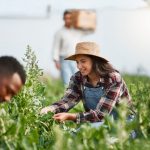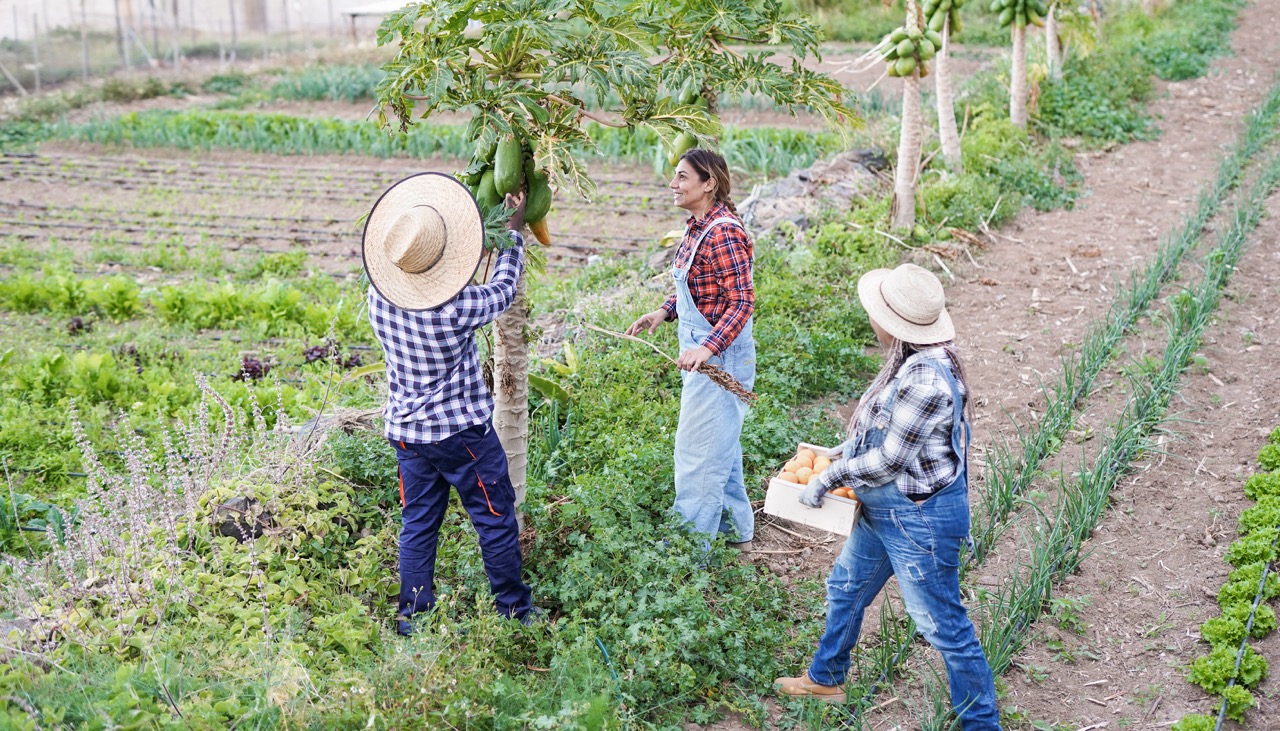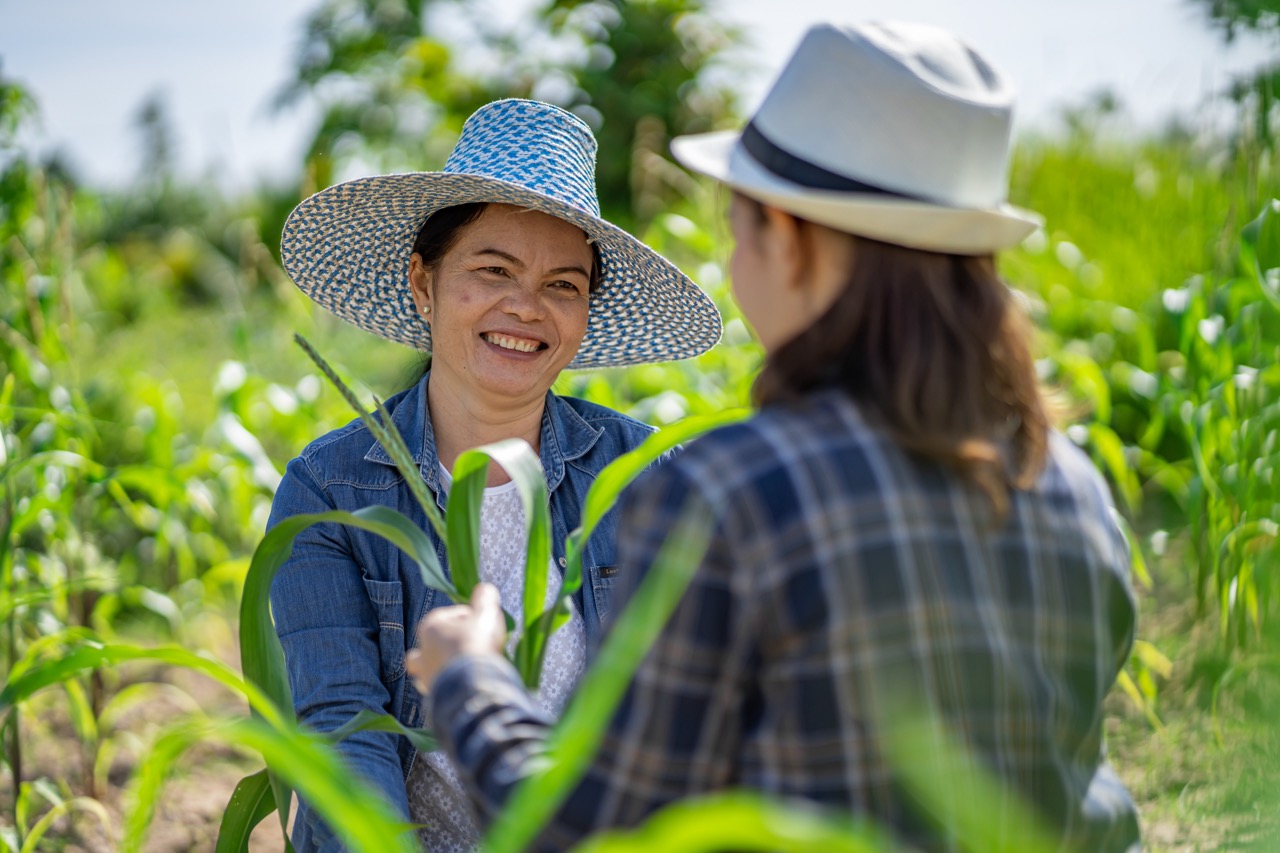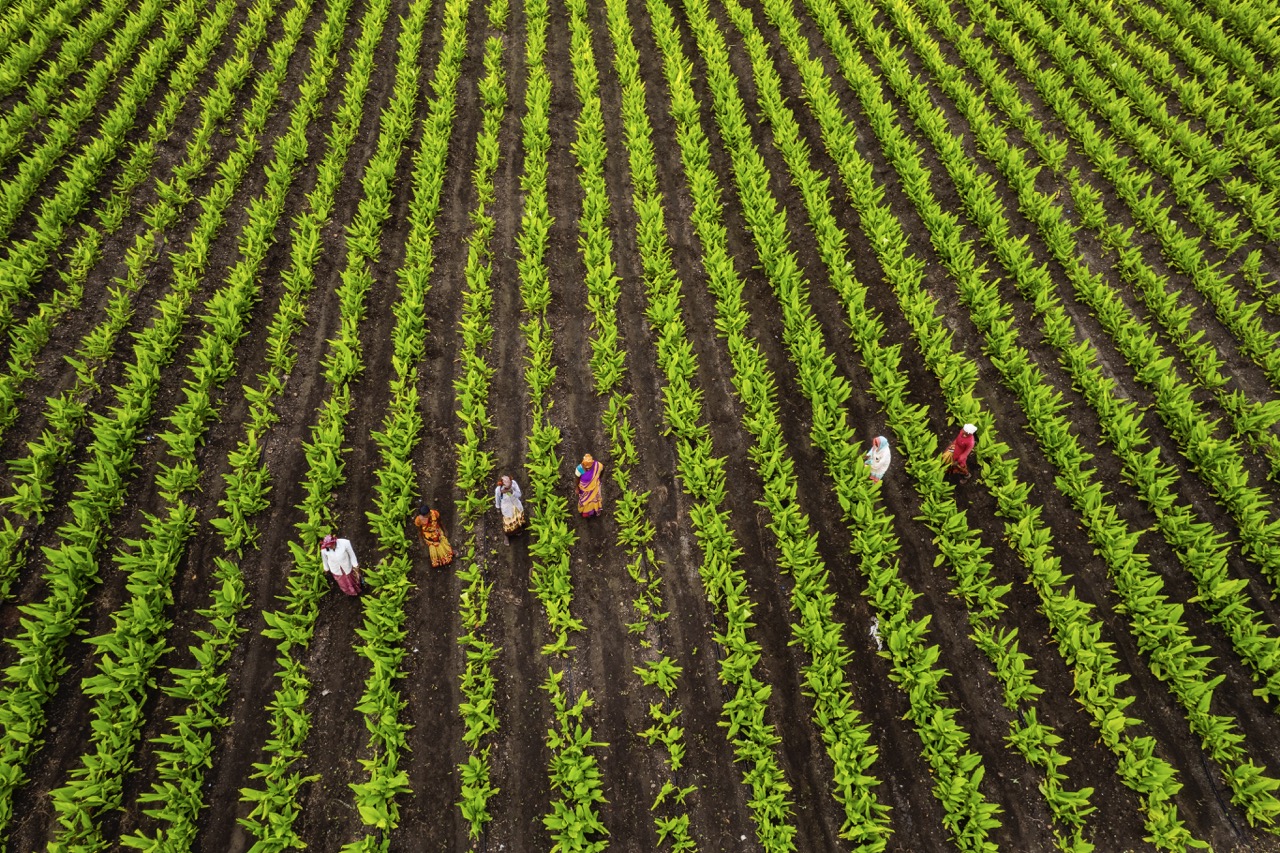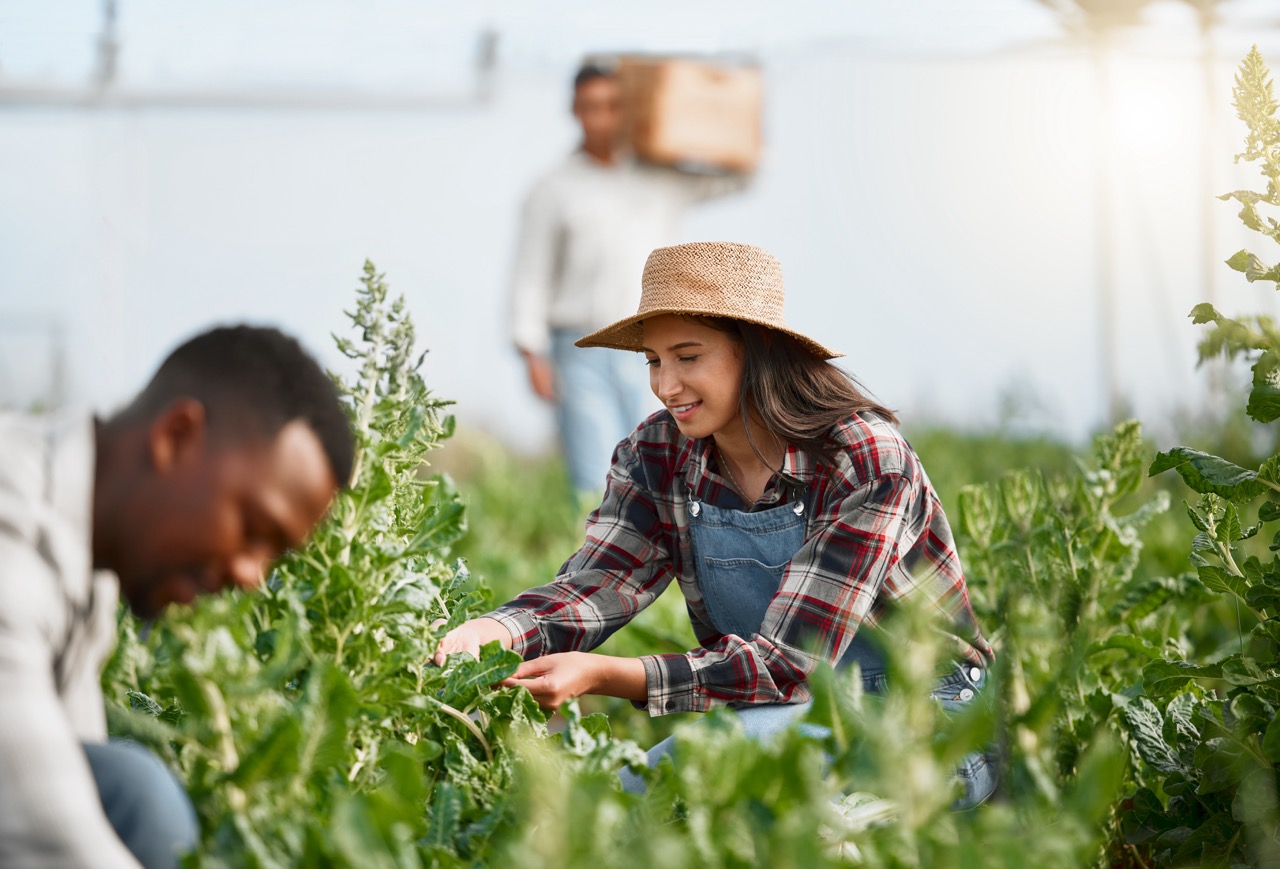In the wake of economic challenges, local agricultural economies are looking for innovative solutions to enhance productivity and sustainability. One historical practice that has recently gained attention is sharecropping. Traditionally associated with the post-Civil War South in the United States, sharecropping allowed landless farmers to work land owned by others in exchange for a share of the crops produced. As communities seek to revitalize their agricultural sectors, a modern interpretation of sharecropping may provide a pathway to rebuild local economies, promote food sovereignty, and empower marginalized farmers.
The Historical Context of Sharecropping in Agriculture
Sharecropping emerged in the Southern United States during the late 19th century, primarily as a response to the devastation of the Civil War and the abolition of slavery. It was a system that enabled formerly enslaved individuals to work land while providing landowners with a steady supply of labor. However, this arrangement often resulted in exploitative practices, with sharecroppers trapped in cycles of debt and poverty. Despite its troubled legacy, the model of sharing resources and risks has been utilized in various forms across the globe, often adapted to local contexts.
Over the decades, sharecropping has evolved and transformed, reflecting broader socio-economic changes. In many regions, especially in developing countries, variations of sharecropping have provided farmers with critical access to land, seeds, and agricultural inputs. In this light, the historical context of sharecropping reveals both its potential and its pitfalls, providing a foundation from which contemporary models can be reimagined. Understanding this history is essential for addressing the complexities involved in implementing sharecropping as a viable solution for rebuilding local agricultural economies.
As the world grapples with the impacts of climate change, food insecurity, and the loss of biodiversity, revisiting the mechanisms of sharecropping can offer insights into cooperative farming practices. By drawing on historical lessons and adapting them to modern needs, communities can create a framework that supports equitable agricultural development. This historical context not only underscores the resilience of farming communities but also emphasizes the importance of equity and fairness in land use.
Benefits of Sharecropping for Local Communities Today
One of the primary benefits of contemporary sharecropping models is the empowerment of local farmers, especially marginalized groups. By providing access to land and resources, sharecropping can enable individuals who may lack capital or credit to engage in agricultural production. This inclusion fosters community solidarity and cultivates a sense of ownership among farmers, which can lead to increased investment in local food systems. Moreover, sharecropping allows for diversified crops, enhancing food security for communities that may otherwise rely on imported goods.
In addition to empowering local farmers, sharecropping can contribute to revitalizing local economies by keeping resources within the community. When farmers share profits from their harvests, a larger portion of the income circulates locally, supporting other businesses and services. This financial flow can stimulate growth in related sectors such as processing, distribution, and retail. Ultimately, the enhanced economic activity can foster job creation and bolster overall community resilience in the face of economic downturns.
Furthermore, modern sharecropping models can promote sustainable agricultural practices. By encouraging cooperative farming efforts, community members can share knowledge and resources related to organic farming, soil health, and pest management. This approach not only enhances productivity but also helps mitigate the environmental impacts of conventional agriculture. As communities work collectively towards sustainable practices, they can address food security concerns while promoting ecological stewardship, laying the groundwork for a healthier local food system.
Strategies for Implementing Successful Sharecropping Models
To effectively implement sharecropping as a strategy for rebuilding local agricultural economies, it is crucial to establish clear agreements that outline the rights and responsibilities of both landowners and sharecroppers. These agreements should be legally binding and transparent, ensuring that both parties understand the terms of profit-sharing, land maintenance, and crop management. This clarity can help prevent disputes and build trust between participants, which is essential for fostering a cooperative spirit in the community.
Education and training play a vital role in the success of sharecropping initiatives. Providing farmers with access to agricultural education, financial literacy programs, and technical assistance can empower them to make informed decisions. Training programs can also promote sustainable farming practices, leveraging local knowledge and expertise. By equipping sharecroppers with the necessary skills, communities can enhance agricultural productivity and ensure that the benefits of sharecropping are maximized.
Additionally, building strong networks among local stakeholders, including government agencies, non-profits, and agricultural cooperatives, can facilitate the successful implementation of sharecropping models. Collaborative efforts can lead to the development of supportive policies, access to resources, and the establishment of market linkages. By creating a robust support system for sharecroppers, local communities can reinforce the sustainability and viability of this economic model, ensuring it meets the needs of all participants involved.
Challenges and Solutions in Revitalizing Agricultural Economies
Despite its potential, sharecropping faces several challenges that could hinder its effectiveness in revitalizing agricultural economies. One significant issue is the historical stigma associated with sharecropping, which can lead to resistance from both landowners and potential sharecroppers. Overcoming this stigma requires a concerted effort to educate communities about the evolution of sharecropping and its capacity for empowerment and equity. Changing perceptions can pave the way for a more receptive attitude towards modern iterations of the practice.
Another challenge is ensuring fair compensation and equitable resource distribution among participants. In the past, sharecropping systems have often favored landowners, leading to exploitative relationships. To address this, it is essential to establish equitable profit-sharing models and provide legal protections for sharecroppers. This may involve creating cooperative agreements that guarantee a fair share of profits and enforce accountability among landowners. A transparent framework can help build trust and encourage more landowners to participate in sharecropping arrangements.
Finally, external economic pressures, such as fluctuating market prices and climate-related challenges, can impact the sustainability of sharecropping initiatives. To mitigate these risks, communities can explore diversified agricultural practices that include crop rotation and agroforestry. Additionally, creating buffer systems, such as local food banks or co-ops, can help manage excess produce and stabilize prices. By proactively addressing these challenges, communities can harness the revitalizing potential of sharecropping, ensuring its success in rebuilding local agricultural economies.
As the agricultural landscape continues to evolve, the integration of modern sharecropping models presents an opportunity for local communities to reclaim agency over their food systems. By emphasizing collaboration, education, and equitable resource distribution, sharecropping can serve as a strategic tool in reviving agricultural economies. While challenges remain, the transformative potential of this practice calls for renewed discussion and innovation, ultimately leading to healthier, more resilient communities. Embracing the lessons of the past can illuminate a sustainable pathway for the future of agriculture.



